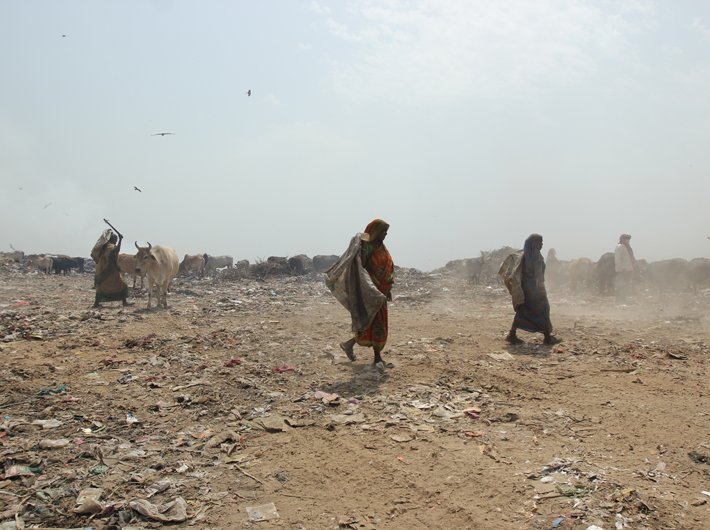In low-income countries, social protection systems are truly at their infancy, and have only recently replaced decades of international humanitarian approaches, said World Bank expert
Most social protection systems in middle-income countries (MICs) are still relatively new, and have yet to undergo the centuries of societal struggles and bargains that cemented welfare regimes in advanced economies. But investments in social protection in MICs seem to occur at comparatively earlier levels of development, said Ugo Gentilini, senior economist, social protection and labour global practice, World Bank.
In a blog, Gentilini, said that mid-19th century poverty levels in the UK and the United States resemble those in India today, sans an equivalent of NREGA or similar rights-based programs – and certainly no biometric Aadhaar platforms to help deliver assistance.
“A BIG (basic income grant) in a MIC might still be a long shot, but not that far off from a historical perspective. Iran, for instance, even implemented a variant of BIGs, which rapidly eroded due to inflation and eventually scaled-back for fiscal constraints.”
The blog “Being open-minded about universal basic income” said that in a world riddled with complexity, the simplicity of universal BIGs is alluring: just give everyone cash. Excerpts of such radical concepts have been put in practice across the globe, with the launch of a pilot in Kenya, results from India, a coalition in Namibia, an experiment in Finland, a pilot in the Unites States, a referendum in Switzerland, and the redistribution of dividends from natural resources in Alaska and elsewhere.
In low-income countries (LICs), social protection systems are truly at their infancy, and have only recently replaced decades of international humanitarian approaches. Here only one-tenth of those living in the poorest quintile is covered by social assistance. Limited finance is no small reason for such performance: pervasive informality and low government revenues (often below 15 percent of GDP) hinder domestic resource mobilization for, among other things, social spending. For example, the budget of a European hospital is almost nine times greater than a LIC’s average spending for the whole social protection sector (i.e., $200 million). A sudden introduction of BIGs in a LIC may be closer to moon-shooting than leap-frogging.
Moreover, there are disputes over the definition and measurement of poverty in contexts where virtually ‘everybody is poor’; targeted approaches have helped reduce the inefficiencies of old-fashioned subsidy programs (which pursued objectives similar to those of a BIG), but there is a lively debate on the trade-offs and methods of targeting (e.g., see here and here); also, the political economy of redistribution has been largely underexplored, wrote Gentilini.
A unifying constraint in countries across the income spectrum is red tape. Social assistance is underpinned by processes of targeting, application, eligibility verification, registration, recertification, and monitoring – with a vast set of programs sometimes having their own individual processes. These are often introduced for good reasons – such as prioritizing the most vulnerable – but at times complexity and opportunity costs may stifle assistance instead of enhancing it. BIGs may not waive some of those functions, especially in the early phases of introduction (e.g., identification, registration, and recertification); but no doubt the bureaucratic burden would be lessened overall, coming as relief for the bandwidth of poor people.
Read complete blog here
